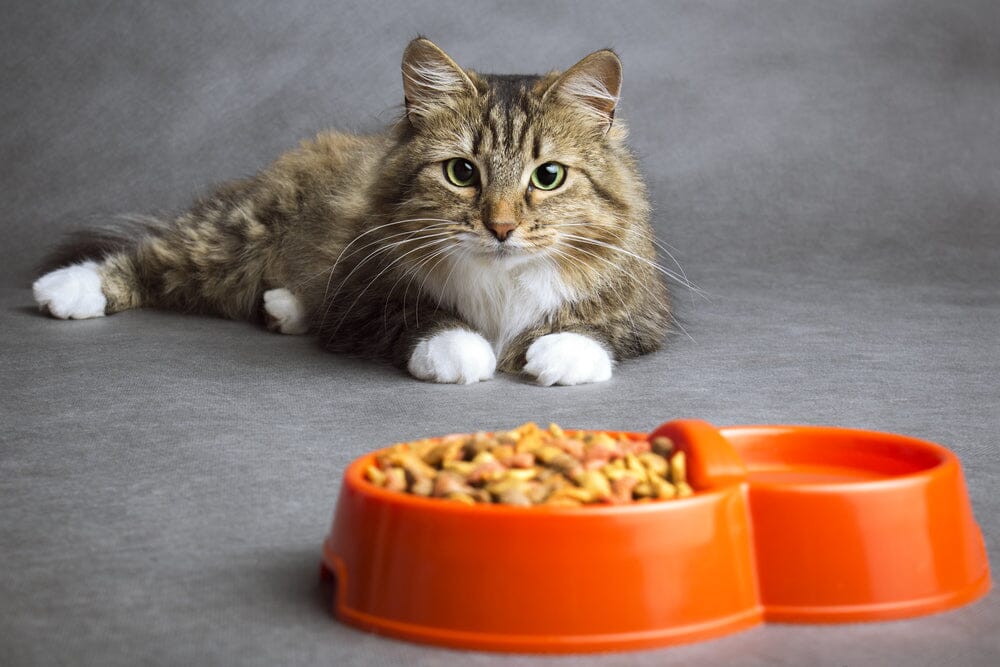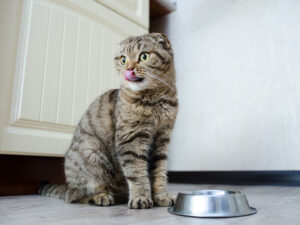Introduction
In the realm of feline nutrition, providing the best diet for our beloved cats is a priority. The choices we make regarding their food can significantly impact their overall well-being. One dietary trend that has gained momentum in recent years is the adoption of grain-free diets for cats. Let’s delve into the grain-free advantage and understand why it might be a game-changer for our feline companions.
Understanding Grain-Free Diets
When we talk about grain-free diets for cats, we are referring to formulations that exclude common grains like wheat, corn, and soy. The primary motivation behind this shift is to align the feline diet more closely with their natural, carnivorous tendencies. But why the fuss about going grain-free, and what benefits does it offer?
Common Grains in Cat Food
Before we explore the advantages, it’s essential to recognize the grains commonly present in traditional cat food. Grains like wheat and corn are often used as fillers, contributing to the carbohydrate content of the food. While these fillers can be cost-effective for manufacturers, they may not be the best choice for our obligate carnivore friends.
The Evolutionary Aspect
Understanding the evolutionary history of cats provides crucial insights into their dietary requirements. Cats, as obligate carnivores, have evolved to thrive on a diet rich in animal proteins. The grain-free advantage lies in acknowledging and respecting this evolutionary heritage, providing a diet that aligns with their biological needs.
Nutritional Components in Grain-Free Cat Food
Grain-free cat food formulations focus on essential nutrients, emphasizing high-quality protein sources like meat and fish. Comparing the nutritional profiles of grain-free and traditional cat food reveals a more protein-centric approach in the former. This shift addresses the specific nutritional needs of cats, supporting their overall health.
Addressing Allergies and Sensitivities
For some cats, grains can trigger allergies or sensitivities, leading to digestive issues or skin problems. The grain-free advantage becomes evident when we consider how these diets can provide relief for cats with allergies. Recognizing the signs of grain allergies in cats is crucial for making informed dietary choices.
Choosing the Right Grain-Free Cat Food
Selecting the right grain-free cat food involves careful consideration of various factors. Reading labels, understanding ingredients, and opting for reputable brands are essential steps in ensuring the quality of the chosen diet. A well-informed decision contributes to the overall health and happiness of our feline friends.
Transitioning to a Grain-Free Diet
Transitioning a cat to a grain-free diet requires patience and a gradual approach. Sudden changes may lead to resistance or digestive issues. Tips for a smooth transition include mixing new and old food, observing the cat’s response, and making adjustments based on individual needs.
Health Considerations
While the grain-free advantage is evident in many cases, it’s crucial to approach dietary changes with consideration for the cat’s overall health. Consulting with a veterinarian ensures that the chosen grain-free diet aligns with the cat’s specific health needs and conditions.
Debunking Common Myths
As with any dietary trend, there are misconceptions surrounding grain-free diets for cats. It’s essential to separate facts from fiction and address common myths. Education plays a key role in making informed decisions that benefit our feline companions.
Grain-Free Homemade Cat Food Recipes
For those inclined toward a hands-on approach, preparing homemade grain-free cat food is a viable option. Simple recipes that prioritize balanced nutrition can be tailored to meet individual cat preferences. Ensuring a well-rounded diet is crucial when taking the DIY route.
Monitoring Cat’s Response
Once a cat has transitioned to a grain-free diet, monitoring their response is essential. Observing changes in behavior, coat condition, and overall health provides valuable insights. Being attuned to individual needs allows for adjustments that optimize the grain-free advantage for each cat.
Environmental Impact
Beyond the individual benefits, considering the environmental impact of pet food choices is becoming increasingly important. Sustainable practices in pet food production contribute to a healthier planet. Choosing grain-free options that align with responsible environmental practices enhances the overall impact of our choices.
The Grain-Free Advantage – Real-Life Stories
To truly grasp the grain-free advantage, hearing real-life stories of cats thriving on these diets adds a personal touch. Testimonials from cat owners who have witnessed positive changes in their cats’ health and well-being provide inspiration for others considering the switch.
Conclusion
In conclusion, the grain-free advantage for cats extends beyond a trendy dietary choice. It’s a conscious decision rooted in understanding the unique needs of our feline companions. By embracing grain-free diets, we align with the evolutionary history of cats, address potential health issues, and contribute to a more sustainable and responsible approach to pet nutrition.



